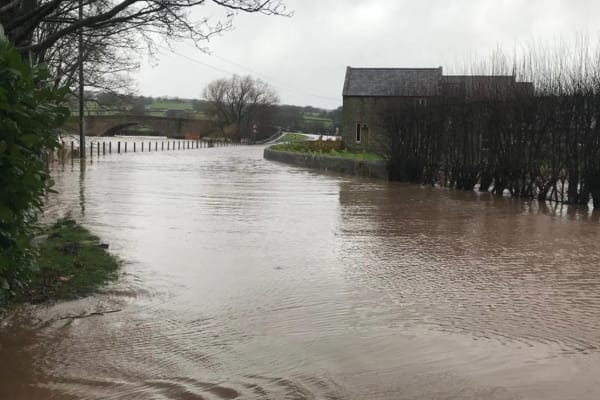Managing multiple trades working on one property is complex, at best. Herding cats is another way of looking at it! When repairing damage in someone’s home, we often have the added challenge of keeping the emotions of our clients in check.
Whether it’s a property owner or a tenant, it’s someone’s home, and emotions can run high. After more than 15 years in the property damage repair business, we’ve learned a lot about how to handle these complex and emotional situations while delivering great results.
Here are five key things we keep in mind during every project:
1. You need a roadmap
If you don’t know where you’re headed, you’ll end up lost.
- Map out a programme of work, what materials are needed, at which stage (bear in mind any lead times) and which trades will be involved. Without this, things can get chaotic fast and you have no idea if your project is on track.
- Planning helps handle surprises (because there are always surprises!).
- Make sure the order of work makes sense. For example, don’t paint the walls before sweeping the chimney!
- Consider the availability of your team, a good trades person is likely to have their diary booked for at least the next 6-8 weeks.
2. Clear communication is key
Managing multiple trades is like organising a family reunion – everyone has their own agenda! That’s why clear communication is essential and something we take very seriously here at AIR.
• Regular check-ins with all the trades keep things running smoothly, as do frequent site visits.
• Use tools like shared calendars or project management software to track progress.
• Whether you’re a homeowner or a property manager, having one person in charge (usually the project manager) helps prevent miscommunication and delays.
• Open communication helps clients feel more in control, reducing stress during what can be a tough time.
3. Certificates, notices, permits (Yes, they’re important!)
No one loves paperwork, but getting the right documentation can be crucial to getting the job finalised.
- Some work (like electrical or plumbing) might require certification, and your contractor needs to be suitability qualified and registered to carry out such work.
- Make sure all tradespeople are qualified and aware of relevant building regulations to avoid fines or redoing work.
- Schedule inspections at key stages to ensure legal requirements are met.
4. Budget: Expect the unexpected
Surprises are guaranteed when restoring or repairing a home. Hidden damage, changes to the scope of work mid-project or the discovery of dodgy historical DIY work can quickly throw your budget off course.
- Start with a realistic budget and get quotes from various trades to avoid unpleasant surprises.
- Keep a contingency fund – 10-20% of the budget is a safe bet when unexpected problems arise.
5. Inspect, inspect, and inspect again
Quality control is everything in a restoration project.
- After each phase, make sure the work meets standards before moving on. This prevents bigger issues down the road.
- Hire reputable professionals, check their reviews, and inspect their past work.
- A final inspection after all the work ensures everything looks great and functions properly.
Keeping clients in the loop
We never forget: the home we’re restoring belongs to someone, and their emotions are tied to it. It’s more than just a project – it’s their life. We keep them informed, address concerns, and are empathetic throughout the process. They appreciate our care and trust us more as we guide them through this overwhelming experience.
Managing insurance claims and home repairs is not easy. But it’s what we do, and we do it very well.
Do you need a reliable insurance repair builders who can handle more than one trade?
If your client needs multiple trades or has a large repair project, we can help. Our team of 15 covers the important trades, plus our interior styling and project management are second to none!
Call us today on 01254 665 333.

